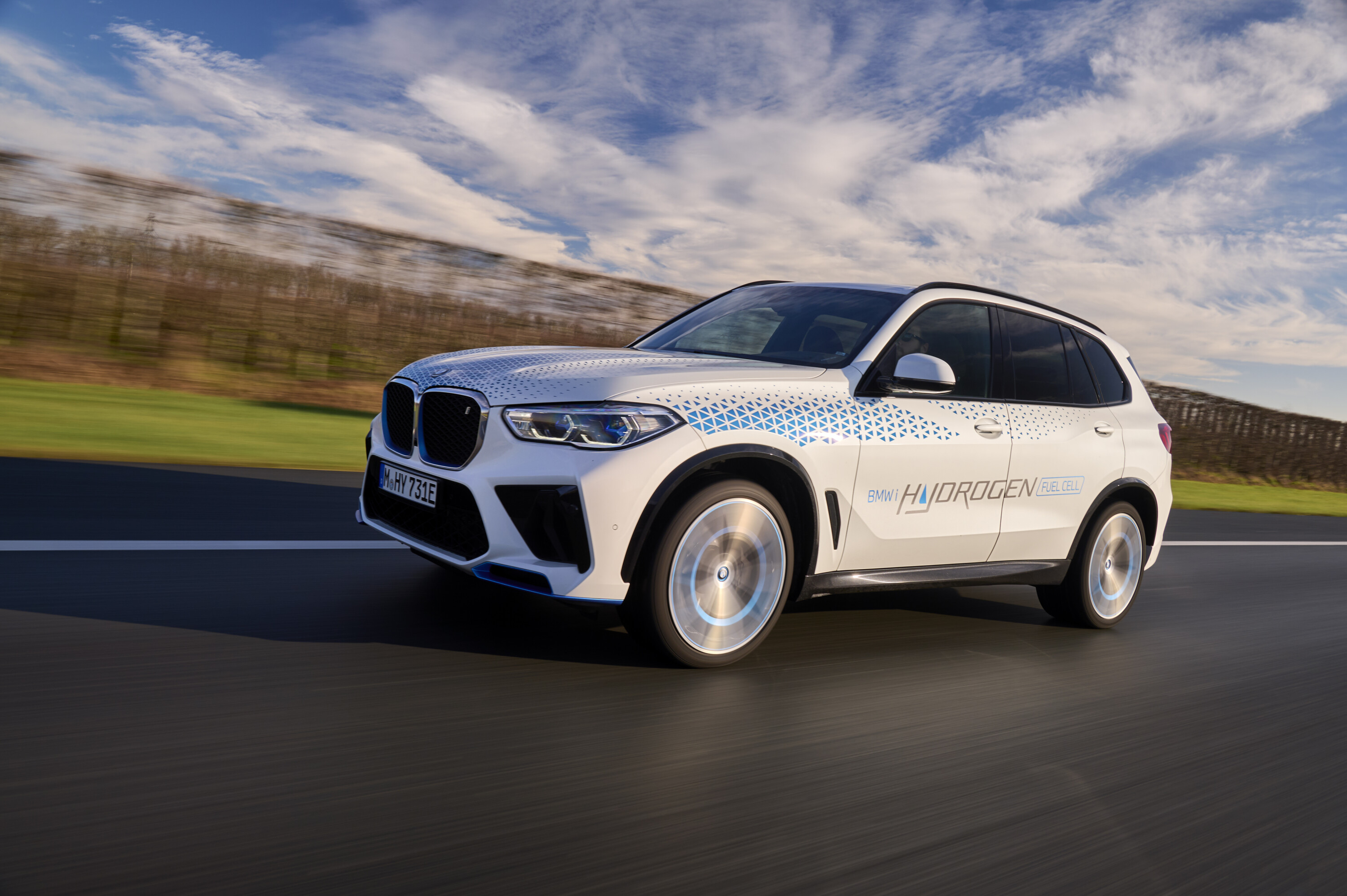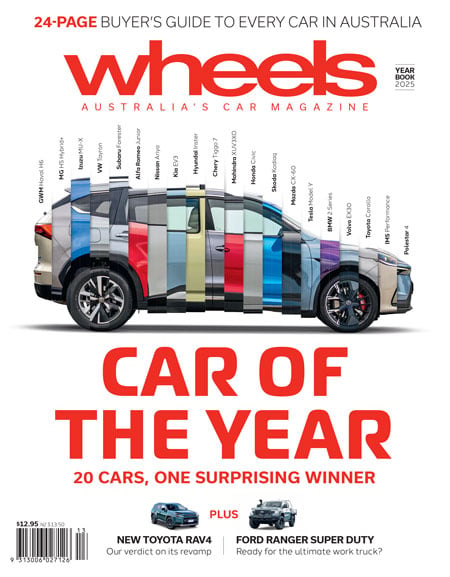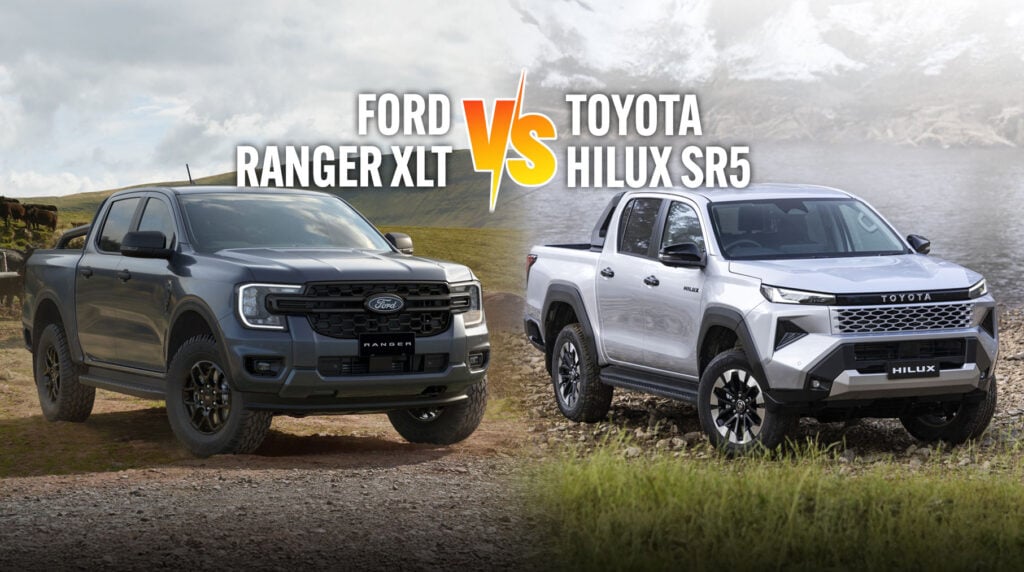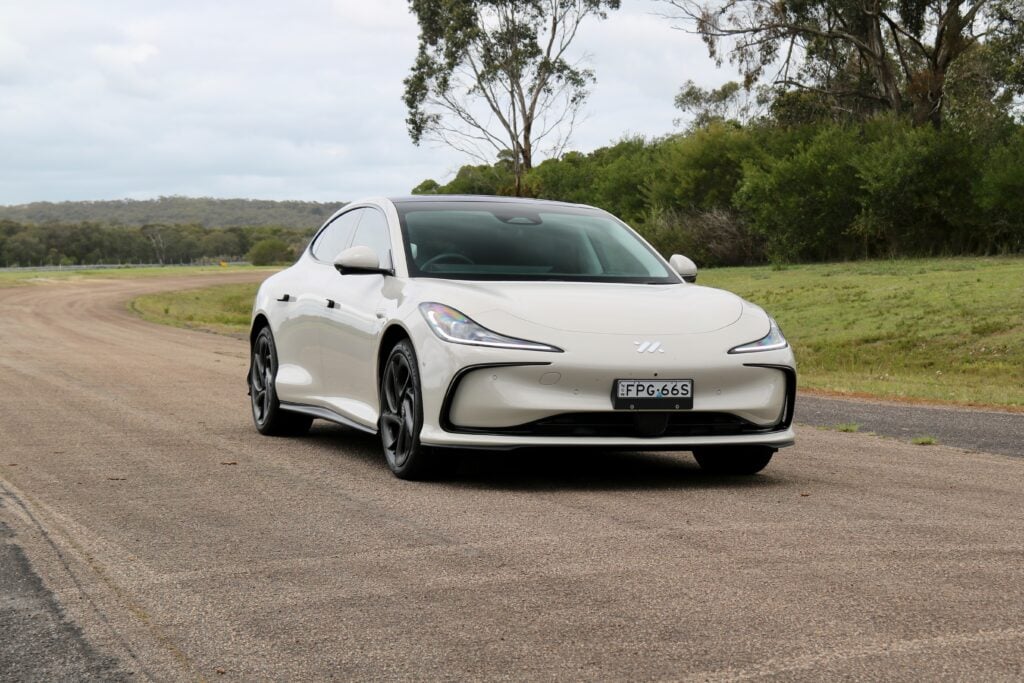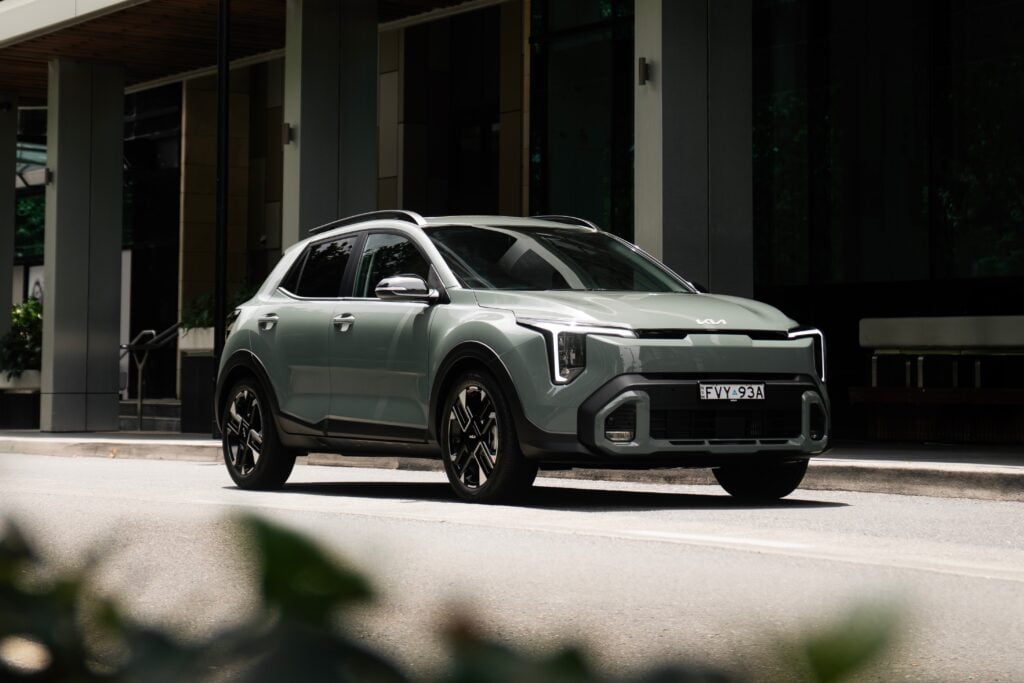Things we like
- Just like any other X5…
- …except it’s as smooth and quiet as an EV
- Passenger space unaffected
Not so much
- Not for sale
- Hydrogen infrastructure lags a long way behind electric
- Like, a really long way
What’s significant about this BMW X5?
It’s the BMW iX5, the latest instalment in the Bavarian brand’s hydrogen adventure. One which began right back in the 1970s with an E12-generation 5 Series that accepted liquid hydrogen as its fuel.
Things have moved on a bit since, of course, with a number of 7 Series prototypes dotting the timeline since. More significant is a 2013 tie-up with Toyota, the result of which (for BMW) is this iX5.
It’s an electric vehicle, to all intents and purposes, with a motor from the iX SUV powered by hydrogen fuel cell tech shared with the latest Toyota Mirai.
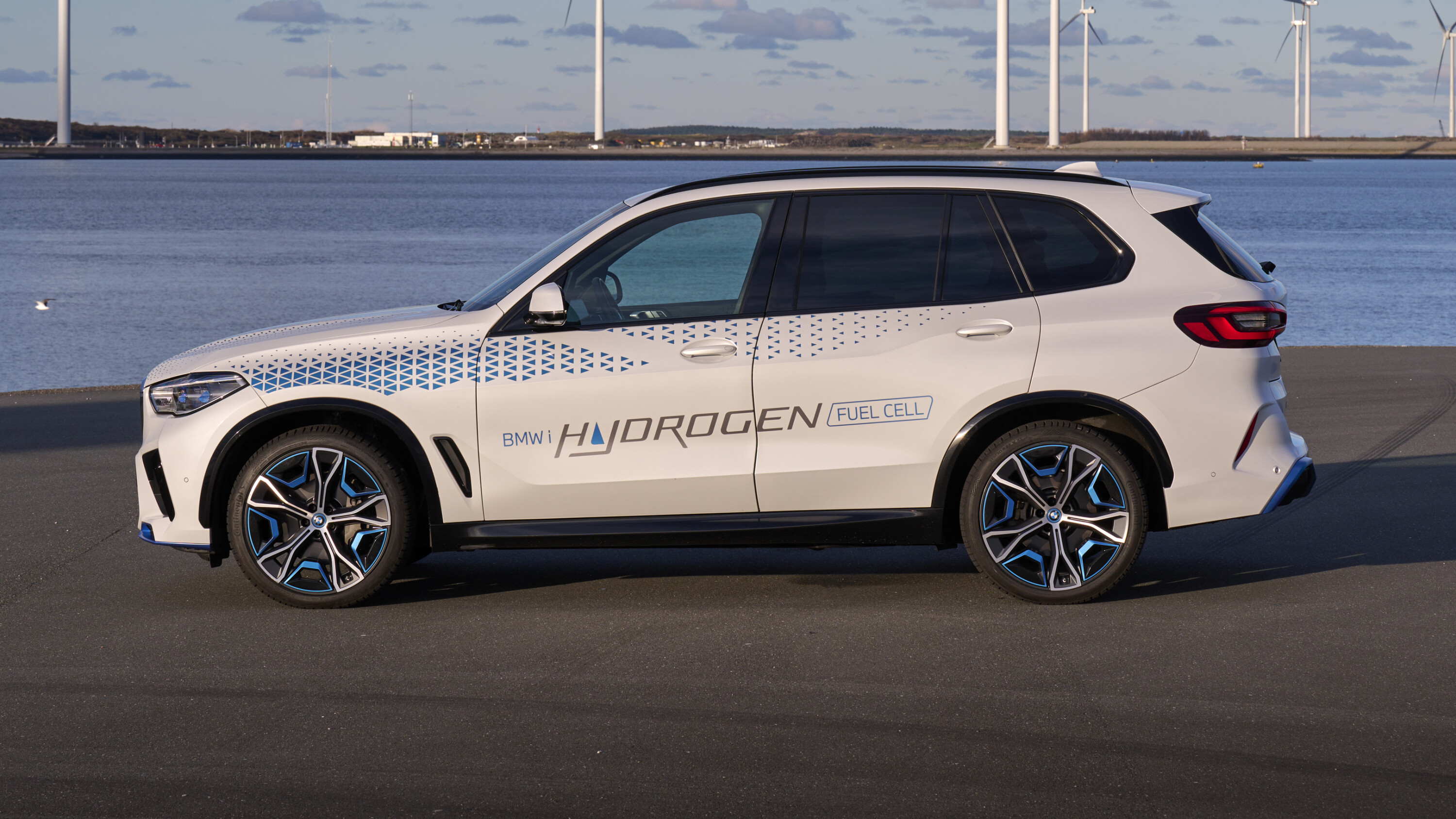
Don’t get too attached, though; fewer than a hundred are being made, and none are for sale. After an extensive four-year development programme spanning the length and breadth of Europe, the iX5 now enters a ‘pilot scheme’ phase much like the original Mini E did over a decade ago.
These SUVs will be used as test and demonstrator vehicles across the world – and Wheels managed to blag a seat in one.
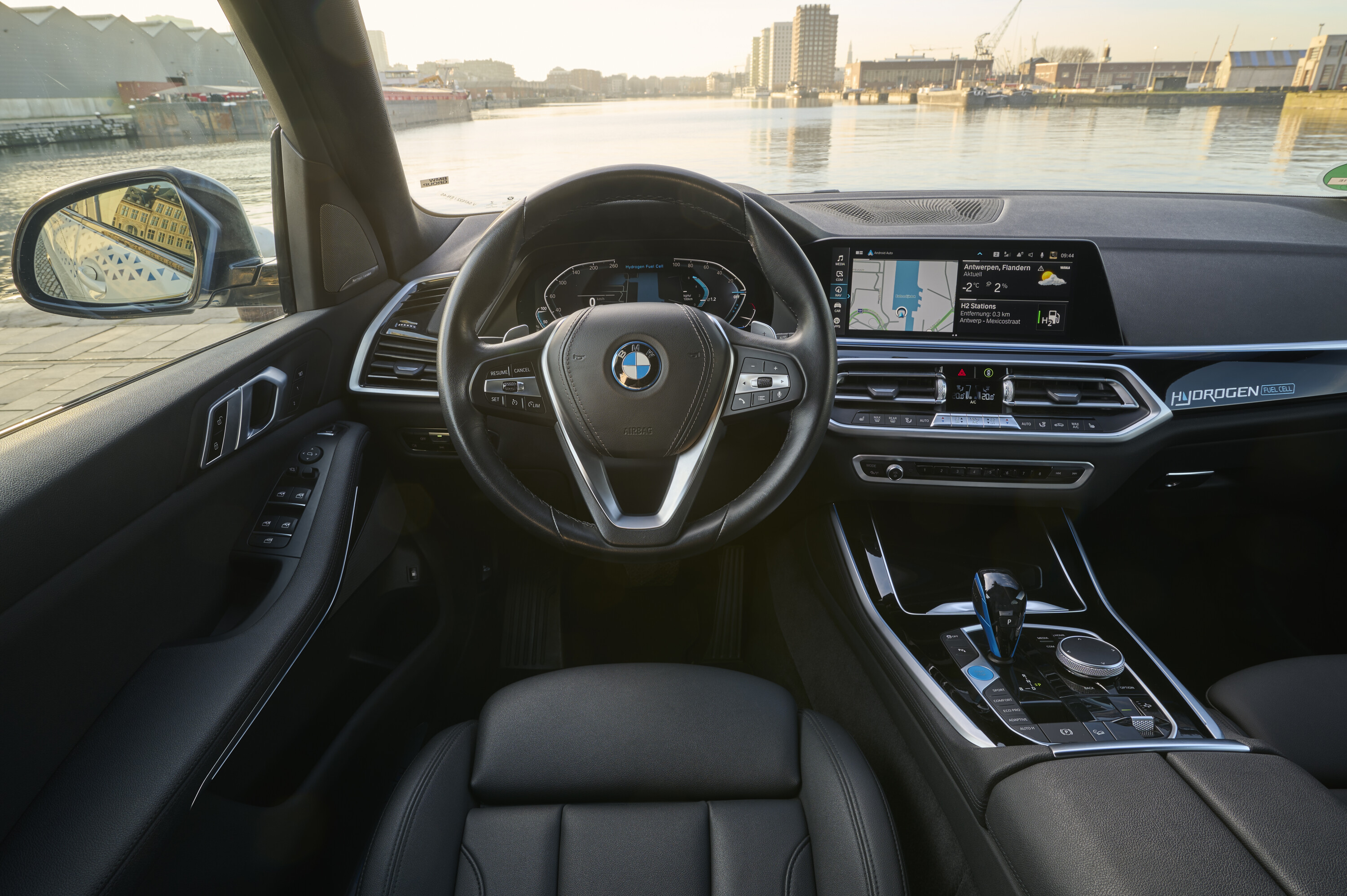
Are they serious? Is hydrogen really viable?
“Hydrogen is the missing piece in the jigsaw when it comes to emission-free mobility,” says BMW chair Oliver Zipse. “One technology on its own will not be enough to enable climate-neutral mobility worldwide.”
To paraphrase, the electric car network can’t keep swelling at the same rate of knots without huge expense, and BMW reckons growing a second infrastructure – to feed a more flexible fuel option – is the answer. Electric and hydrogen will complement rather than compete with each other.
“Betting purely on electric is like trying to stand on one leg,” iX5 project leader Robert Halas tells us. “Hydrogen has a role to play in the zero emissions story. It has fast refuelling, suits colder climates and is more useful for anyone who tows trailers or can’t charge an EV at home.”
The wider story is that it helps BMW decarbonise its cars and supply chain quicker. But ultimately that’ll only pan out if the car itself is a corker…
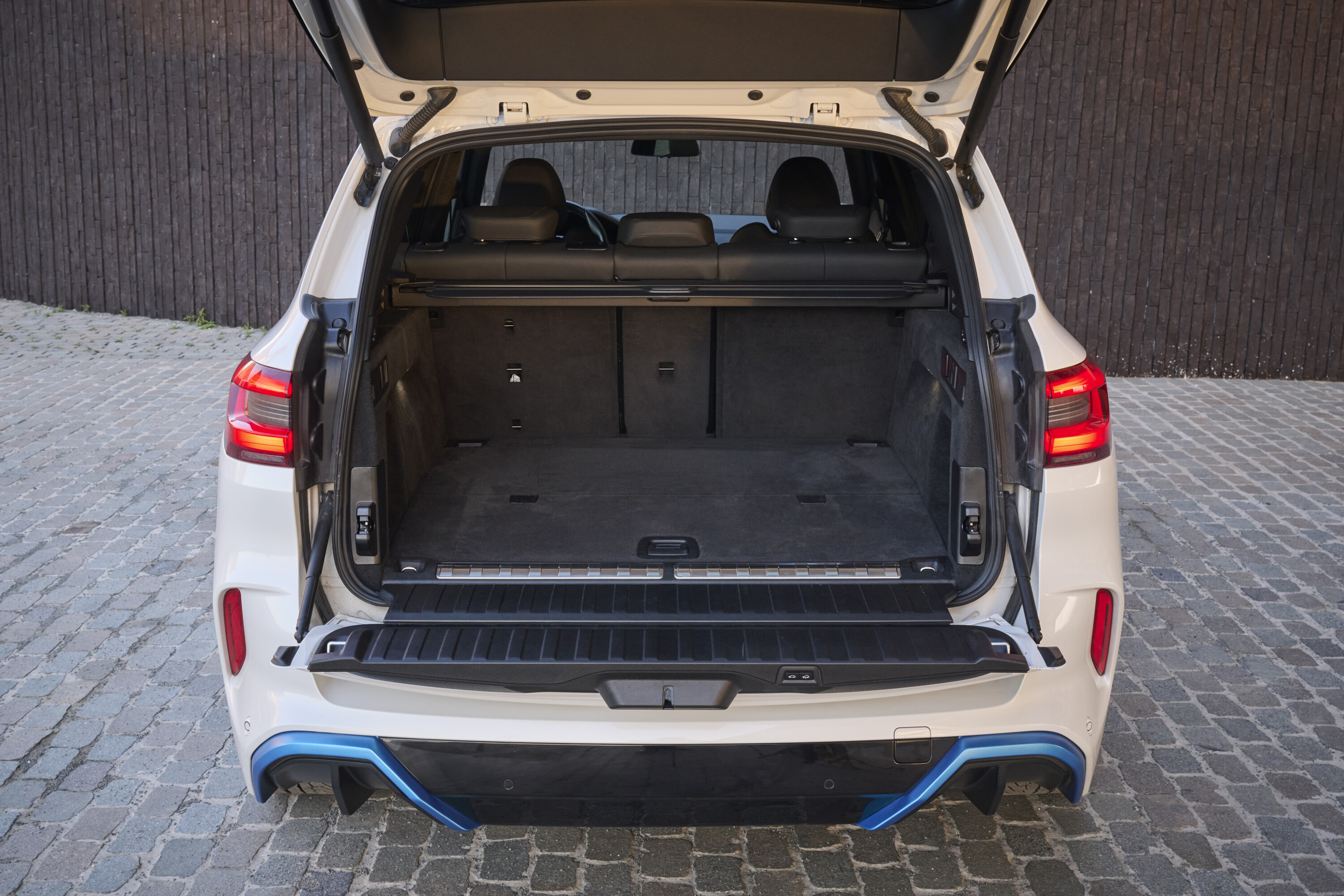
What are the numbers?
There’s a total output of 295kW, making the iX5 the most powerful fuel cell passenger car in the world and good for hitting 100km/h in under six seconds on its way to a 185km/h top speed. Limited, of course. A 6kg hydrogen tank yields a WLTP range of 504km.
While no weight figure is quoted, Halas tells us the batteries in a fuel cell car save 100kg over a conventional EV, making this iteration of the iX5 equivalent to a plug-in hybrid X5. Let’s call it 2.5 tonnes.
It drives as such, too. If BMW hadn’t emblazoned the iX5 with hydrogen stickers – or etched the word into the dashboard – we’d assume this was a battery EV, albeit one with the precision typical of products from the Munich marque.
Various driving modes and adjustable regenerative braking (via the steering wheel paddles) ensure the iX5 delivers every inch of the electric SUV experience.
It’s quick, too, feeling as brisk as its performance claims. You rarely get the chance (nor the inclination) to fully extend its throttle pedal in the urban setting X5s seem to invariably live their lives.
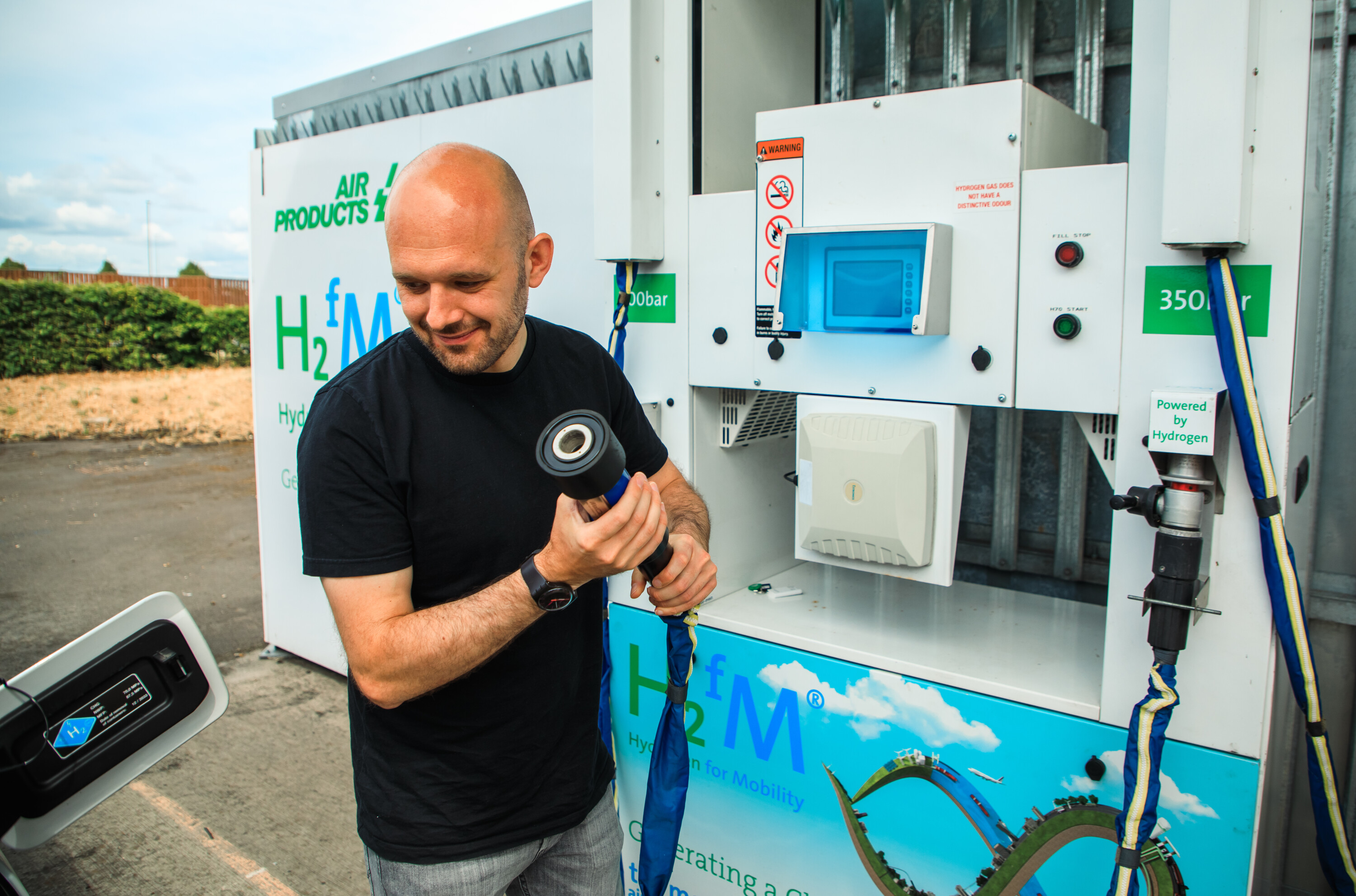
It takes a bit more brute force to clamp the hydrogen nozzle into the car compared to petrol or diesel models.
The big differentiator from existing electric SUVs is the three-to-four-minute refuel time. Not including the almost certainly lengthy detour to find a hydrogen filling station, of course. But let’s be kind and focus on the actual filling process.
It takes a bit more brute force to clamp the hydrogen nozzle into the car compared to petrol or diesel models, but that’ll likely allay any sceptics’ fears as they consider the mightily high pressures involved.
The process feels totally safe and, in a trial phase where membership schemes are crucial for access to the UK’s 12 hydrogen fuel stations, begins with the simple tap of a card on the touchscreen. Once you’ve located a station, it’s little different to filling up the traditional way – and there’s no greasy hand or impulse-bought chocolate afterwards.
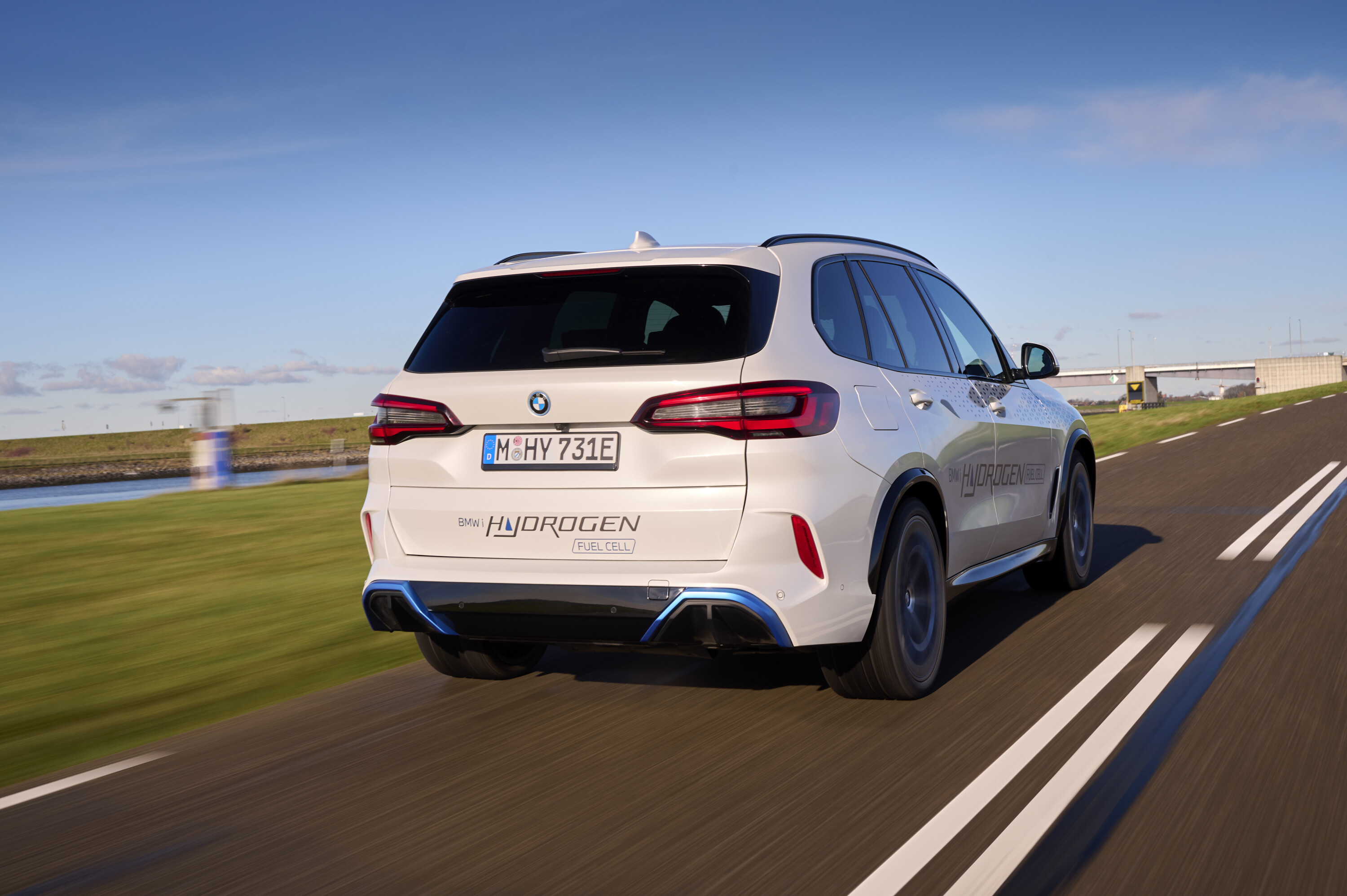
Is it worth waiting for the BMW iX5 Hydrogen?
Well, it’d be a long wait. BMW’s figures identify five hydrogen filling stations in Australia right now.
That’s the same as Belgium, which has 99.6 per cent less landmass. It’s not going to be the work of a moment to make our shores a natural home for hydrogen power.
But in countries where the infrastructure expands as quickly as demand for hydrogen-powered commercial vehicles (cars, trucks and buses can share stations) the next step of BMW’s hydrogen journey might just be worth a punt.
The car itself has convinced us; we just need the stations that power it – or the governments whose decisions they hinge on – to do the same.
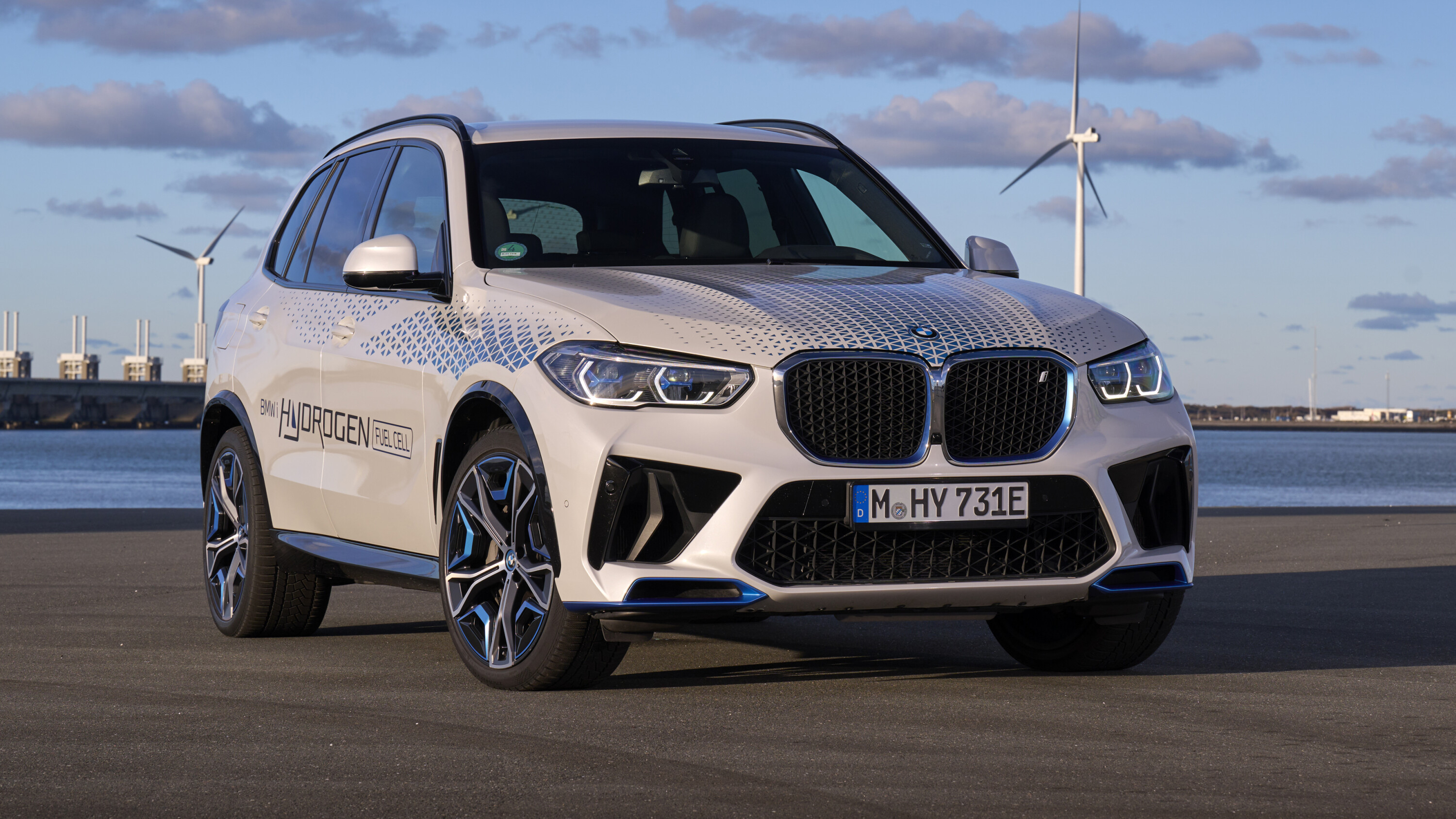
Things we like
- Just like any other X5…
- …except it’s as smooth and quiet as an EV
- Passenger space unaffected
Not so much
- Not for sale
- Hydrogen infrastructure lags a long way behind electric
- Like, a really long way
We recommend
-
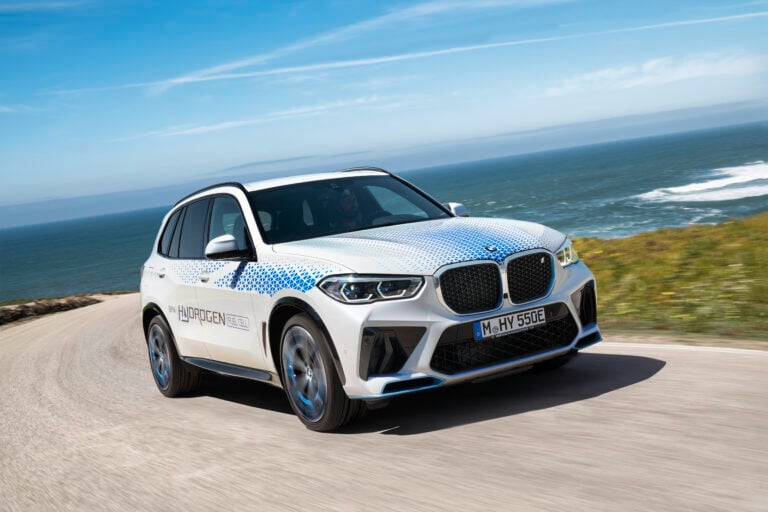 News
NewsBMW to offer test drives of its iX5 Hydrogen SUV at IAA Munich
BMW to explore its electric options with fuel-cell technology
-
 News
NewsBMW hydrogen FCEV car to debut by 2030
BMW’s hydrogen project head has detailed what the future of FCEVs may look like – and what barriers it needs to overcome
-
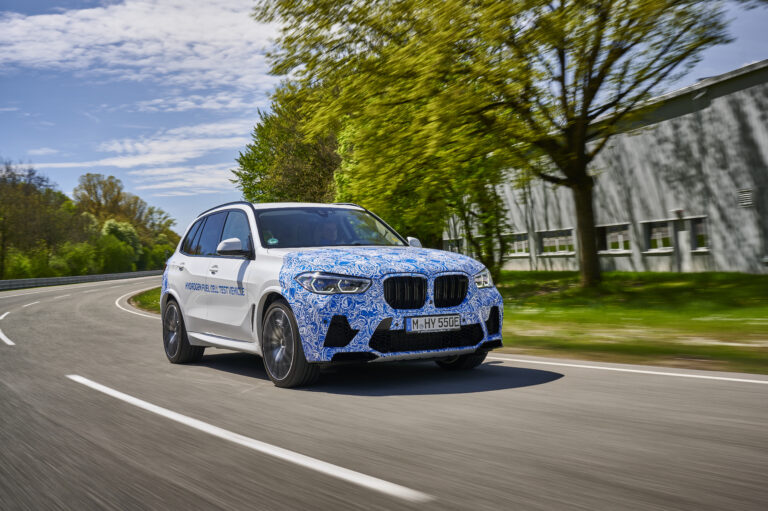 News
NewsBMW begins testing hydrogen car
The prototype has fuel-cell technology co-developed with Toyota

